Retro Replay Review
Gameplay
Judith unfolds as a tightly focused first-person adventure that places you squarely in the shoes of Jeff as he navigates the eerie halls of an abandoned building. Movement is handled with the arrow keys, while every interaction—whether it’s opening a door, examining an object, or triggering a cutscene—is performed with the space bar. This simplicity keeps the barrier to entry low, allowing players of all skill levels to dive into the narrative immediately.
(HEY YOU!! We hope you enjoy! We try not to run ads. So basically, this is a very expensive hobby running this site. Please consider joining us for updates, forums, and more. Network w/ us to make some cash or friends while retro gaming, and you can win some free retro games for posting. Okay, carry on 👍)
Much like Pathways, Judith leans heavily on exploration and environmental storytelling, offering a series of minor puzzles that rarely halt your momentum. Instead of rote inventory management or complex riddles, the game favors intuitive obstacles—finding keys, flipping switches, interpreting cryptic clues—that feel organic to the world. The puzzles serve to punctuate moments of discovery rather than become the main event.
Control occasionally shifts from the player to scripted sequences that drive the story forward. These in-game cutscenes are brief but impactful, using subtle audio cues and visual framing to heighten tension. Because these moments interrupt your agency, they carry extra weight, ensuring that each narrative beat lands with purpose.
The design choice to highlight dialogue lines in different colors to indicate which character is speaking is small but effective. This visual cue helps you stay oriented as the game alternates between Jeff’s search, Emily’s vanished presence, and a third, dreamlike thread. By changing text colors, Judith keeps the narrative threads distinct, preventing confusion as you piece together parallels across timelines.
Graphics
Visually, Judith is a love letter to the early ’90s era of first-person engines, drawing direct inspiration from games like Wolfenstein 3D. The walls, floors, and objects are rendered in chunky, low-resolution textures that crackle with nostalgic charm. While some may see the retro look as limited, it actually enhances the game’s unsettling atmosphere by distilling each corridor into stark shapes and muted palettes.
Lighting in Judith is deliberately minimal. Sparse lamps cast long, dark shadows that obscure what lies ahead, reinforcing the feeling that danger or revelation could lurk around any corner. The occasional flicker of a failing lightbulb or the sudden darkness when you close a door creates micro-moments of panic, even when nothing overtly threatening emerges.
Character models are not the focus—Jeff, Emily, and the dream figures are represented mostly through their dialogue and the environments they inhabit. Instead of detailed sprites or high-fidelity 3D models, you’ll see simple portraits or get brief glimpses of figures in cutscenes. This artistic restraint keeps the game lightweight and underscores the story’s emphasis on secrets rather than spectacle.
Environmental details reward careful observation: a bloodstain on a tiled floor, a hastily scrawled message on a wall, or a personal belonging half-buried under debris. These touches are rendered in the same blocky style but add layers of context that drive your curiosity forward. The retro graphics thus become a tool to immerse you in the mystery rather than a barrier to connection.
Story
At its heart, Judith is a psychological tale of hidden desires and the walls we build between ourselves. The narrative parallels the classic Bluebeard legend, not in overt horror, but in the insidious nature of secrets within intimate relationships. You alternate between Jeff’s tense search for Emily, Emily’s own perspective, and a surreal dream storyline that hints at deeper traumas and unresolved guilt.
Jeff and Emily are caught in a clandestine affair where trust is fragile and danger is just as likely to come from within as from outside the building. As you uncover old letters, hidden rooms, and cryptic symbols, you begin to see how past and present events mirror each other. Each of the three threads—Jeff’s frantic footsteps, Emily’s hidden footsteps, and the dream’s warped reality—interlocks to reveal motivations, fears, and the true cost of deception.
The storytelling in Judith doesn’t rely on long monologues or expository cutscenes. Instead, it respects your intelligence by letting you infer relationships and backstory through environmental clues and sharp, color-coded dialogue exchanges. This layered approach means that major reveals—when they come—feel earned and resonate on an emotional level rather than serving as mere plot twists.
While the overall arc remains concise, Judith’s dream sequences provide a breath of surrealism that enriches the central mystery. You may wander through impossible hallways, witness repetitive visual motifs, or solve brief puzzles that defy the building’s physical logic. These interludes heighten suspense and underscore the story’s themes of control and subconscious fear.
Overall Experience
Judith delivers an experience that feels both intimate and uncompromising. Its modest scope—rooted in retro graphics and straightforward mechanics—belies a narrative complexity that lingers long after you set down the controller. By weaving together three distinct yet interconnected storylines, the game offers a meditation on trust, obsession, and the hidden corridors of the human mind.
For players who appreciate slow-burn mysteries over action-heavy adrenaline, Judith strikes an ideal balance. You’re encouraged to take your time, read every bit of text, examine every corner, and absorb the haunting atmosphere. It’s the kind of game you’ll want to pause occasionally to reflect on what you’ve uncovered, the same way you might annotate a favorite novel.
Judith’s greatest strength lies in its ability to evoke tension without resorting to jump scares or grotesque imagery. Instead, the emptiness of the building, the retro aesthetic, and the knowledge that something terrible has already occurred keep you on edge. Every discovery feels personal, as if you’re peeling back a layer of a relationship that was doomed from the start.
Ultimately, Judith is an engaging experiment in minimalist storytelling. It demonstrates that you don’t need cutting-edge visuals or elaborate mechanics to create a memorable experience. If you’re drawn to narrative-driven games that reward curiosity and introspection, this blend of first-person exploration and psychological drama is well worth your time.
 Retro Replay Retro Replay gaming reviews, news, emulation, geek stuff and more!
Retro Replay Retro Replay gaming reviews, news, emulation, geek stuff and more!
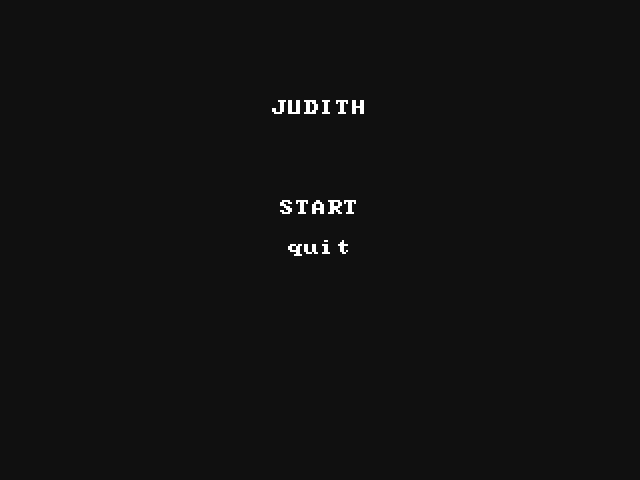
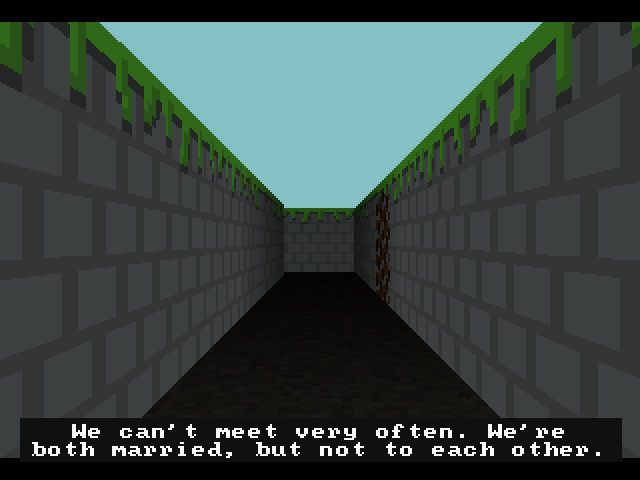
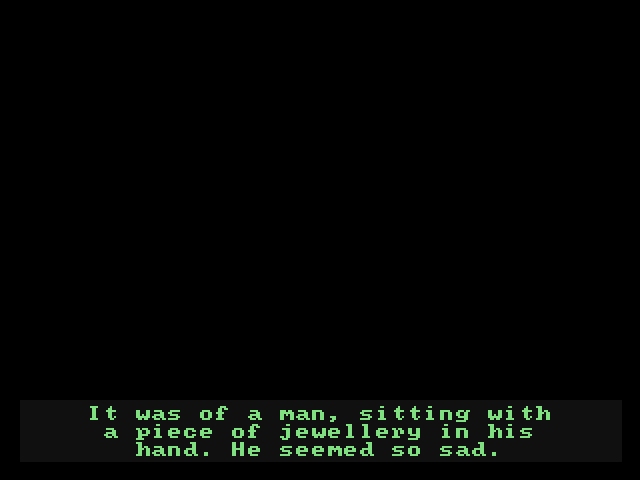
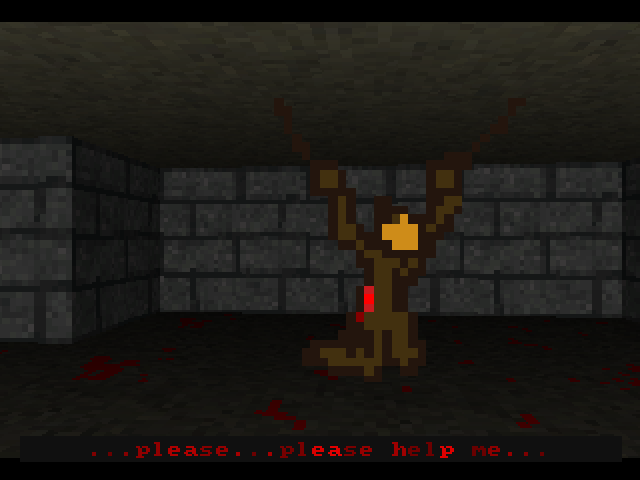
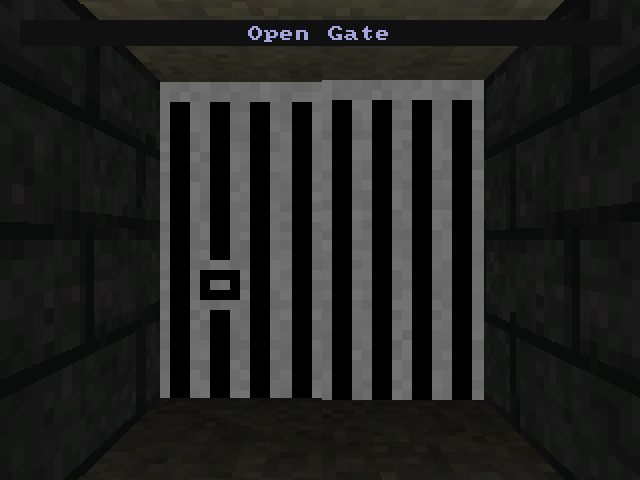
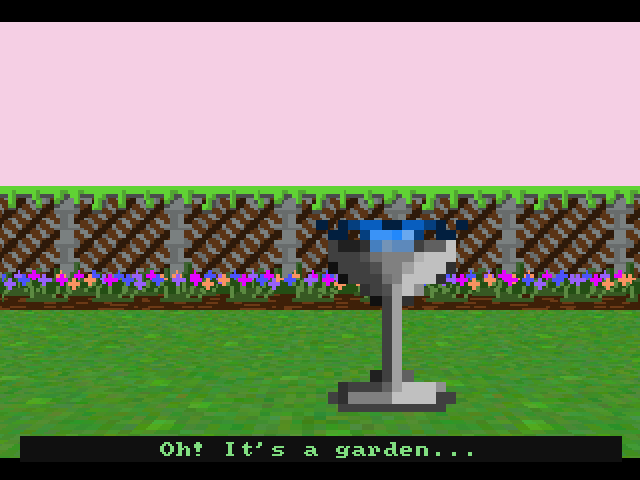



Reviews
There are no reviews yet.